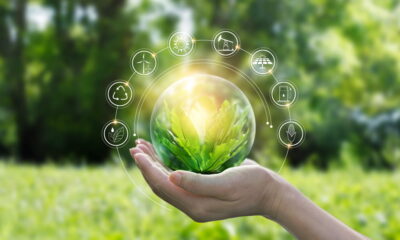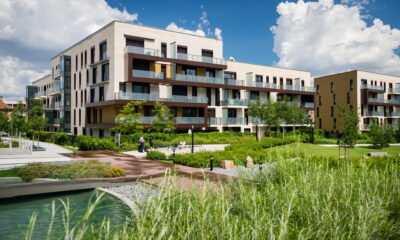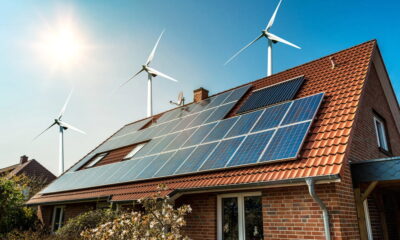Features
Taking Stock of Our Housing
It’s all very well building zero carbon homes, but what about the properties that already exist? Adam Hewson investigates.
Much time and government money is spent trying to attain the Holy Grail of sustainable house building – the zero carbon home. That means zero from materials, zero from building and zero from occupancy. It’s a tall order.
The UK has some of the oldest housing stock in Europe – almost 25 percent of it was built before 1919. When you also consider that, even with some aggressive assumptions, we’ve already built more than 80 percent of the homes we’ll need in 2050 you can see the problem. By 2050 still only less than 20 percent of the entire housing stock will conform to zero carbon targets.
Further, homes account for over 30 percent of UK energy usage. So, unless we do something, over 80 percent of homes will be consuming the same amount of energy in 40 years’ time as today.
The high-profile sustainable building industry may desire zero carbon homes, but it really needs to tackle the energy impact of existing “hard to treat” properties (often deemed “too hard to try”). To make a significant difference, the building industry needs better yet cheaper technology for existing homes. Perhaps it could:
- use super insulating materials to fit inside existing joist spaces (meaning no need to employ a carpenter to pack out joists to 270 mm, so saving weight and materials);
- insulate internal walls without overly reducing room area (meaning the sofa still fits);
- insulate external walls without changing houses into featureless boxes (meaning cladding won’t hide the house); and
- double or triple glaze in a way that works with the property’s historical features (meaning it won’t look a mess).
Zero carbon housing might be glamorous, but currently can deliver only relatively little. We need our sustainable building industry to focus instead on the more functional elements that could make the real difference.
Adam Hewson is a director of ReEnergise Renewables.


 Environment10 months ago
Environment10 months agoAre Polymer Banknotes: an Eco-Friendly Trend or a Groundswell?

 Environment11 months ago
Environment11 months agoEco-Friendly Home Improvements: Top 7 Upgrades for 2025

 Features9 months ago
Features9 months agoEco-Friendly Cryptocurrencies: Sustainable Investment Choices

 Features10 months ago
Features10 months agoEco-Friendly Crypto Traders Must Find the Right Exchange





























